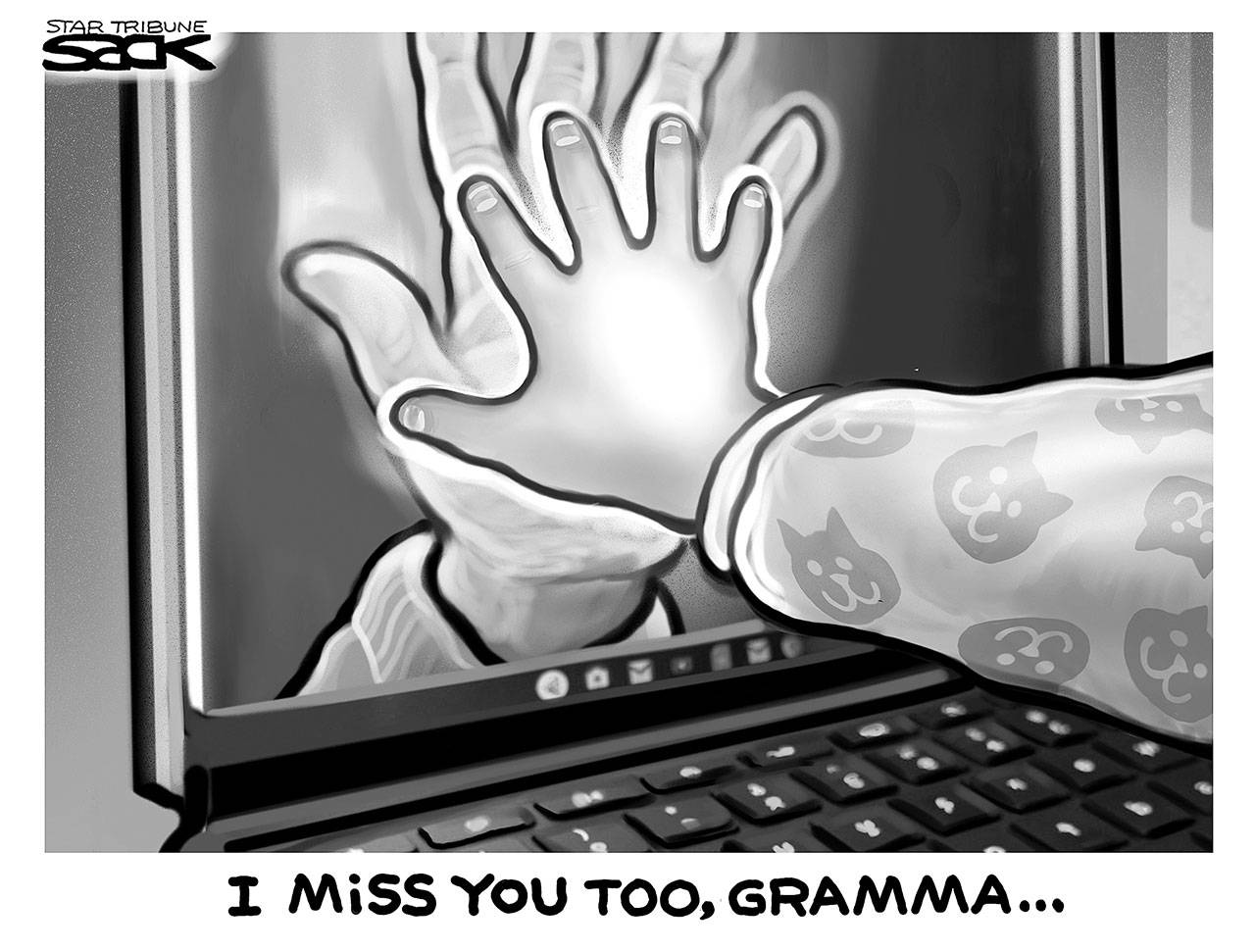Weeks after a mysterious and uncommonly lethal virus began sweeping through the world, Los Angeles’ mayor declared a state of emergency. Though the pandemic had yet to affect the city in large numbers —only a few confirmed cases had been identified in Southern California —city and health officials took swift action before this highly contagious disease could get its hooks established.
That same day, city officials banned public gatherings, shut down entertainment venues and closed schools. Infections spread nonetheless, and leaders asked Angelenos to take more drastic measures —staying inside and using their phones to buy groceries and necessities —in a desperate attempt to keep people safe. Sadly, many of them foolishly ignored the advice.
In the absence of a vaccine for this new viral killer, city and health officials correctly concluded that social distancing policies to limit crowds were the wisest course of action. They disinfected public places and debated whether to require people to wear face masks in public as well.
This account could easily be a summary of the steps Los Angeles Mayor Eric Garcetti and county officials took in March 2020 to stop the spread of COVID-19.
But in fact, it’s from the fall of 1918, drawn from historical records and the Los Angeles Times archives. LA’s mayor was Frederick T. Woodman, California’s governor was William D. Stephens and the world was in the grip of the devastating influenza pandemic that would ultimately kill some 675,000 Americans and 50 million to 100 million people worldwide.
In some respects, comparing the H1N1 virus from 1918 to the novel coronavirus causing the current pandemic isn’t particularly useful. They are different viruses, and trying to apply lessons from one to protect against the other is risky. Scientists have had more than a century to unlock the mysteries of the so-called Spanish flu and other strains of influenza and to develop vaccines, while SARS-CoV-2 was first identified less than four months ago. Scientists are just beginning to investigate how the coronavirus is transmitted and what effects COVID-19 has on the body.
However, looking through a cultural lens, the pandemic of 1918 offers illuminating context about the extreme stress of a city and nation under lockdown —as well as a good measure of hope. It might feel like we’re in the grip of a never before seen plague, but we’re not. Social distancing isn’t some grand and economically risky experiment undertaken by overreacting public officials, but an old response to new contagions.
Of course, no one called it “social distancing” back in 1918. But the strategies that Los Angeles, Pasadena and other Southern California communities employed then to fight a virus for which there was no medication and little scientific understanding bear a great resemblance to those being tried now. Even the headlines seem familiar: “Governor urges all to combat epidemic” and “To mask or not to mask.”
Another eerie echo from 1918: Some American cities were more cavalier about their pandemic response, and their residents paid dearly for it.
The University of Michigan’s Center for the History of Medicine created a digital influenza encyclopedia that examined the non-pharmaceutical interventions taken by 50 American cities during the 1918 pandemic using official records and contemporaneous newspaper reports. As well as offering a fascinating look into the civic response of cities such as Salt Lake City, Dallas and Boston, the encyclopedia offers some sobering lessons. In the course of the project, the researchers couldn’t help but notice that cities that used social distancing measures, and adopted them early in the pandemic, experienced a lower mortality rate.
“In the end, Los Angeles experienced a lower epidemic death rate than many other American cities: 494 deaths per 100,000 people. By contrast, San Francisco —which acted slowly and which relied heavily on the purported protection of gauze face masks to stop the spread of influenza —had an excess death rate of 673 per 100,000,” they wrote.
Fast-acting cities not only avoided deaths; they also protected their economies. In a new study titled “Pandemics depress the economy, public health interventions do not,” researchers at the Federal Reserve and MIT concluded that local governments that suffered the greatest number of deaths from the flu also took a larger hit to their economies.
Another lesson from 1918 is to not ease social distancing measures too soon. After seeing their efforts pay off, American cities lifted restrictions on the public, only to see the flu come roaring back to life in another deadly wave.
On March 27, President Donald Trump said, “This is a pandemic the likes of which nobody has seen before.”
Yes, we have. We got it through it then. And, with the help of time-tested social distancing measures, we will do so again.



